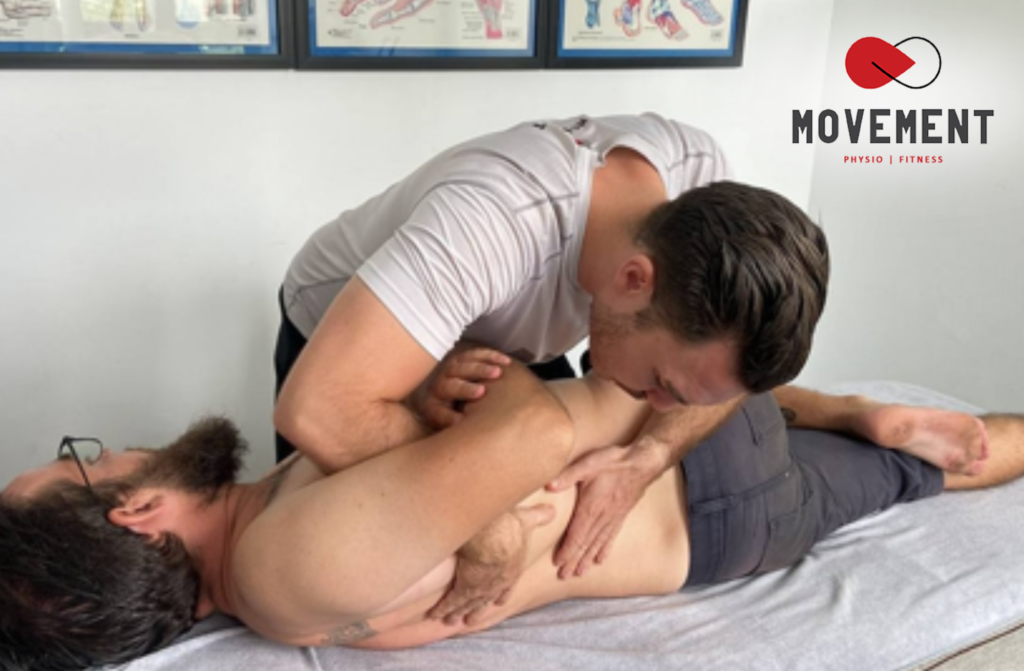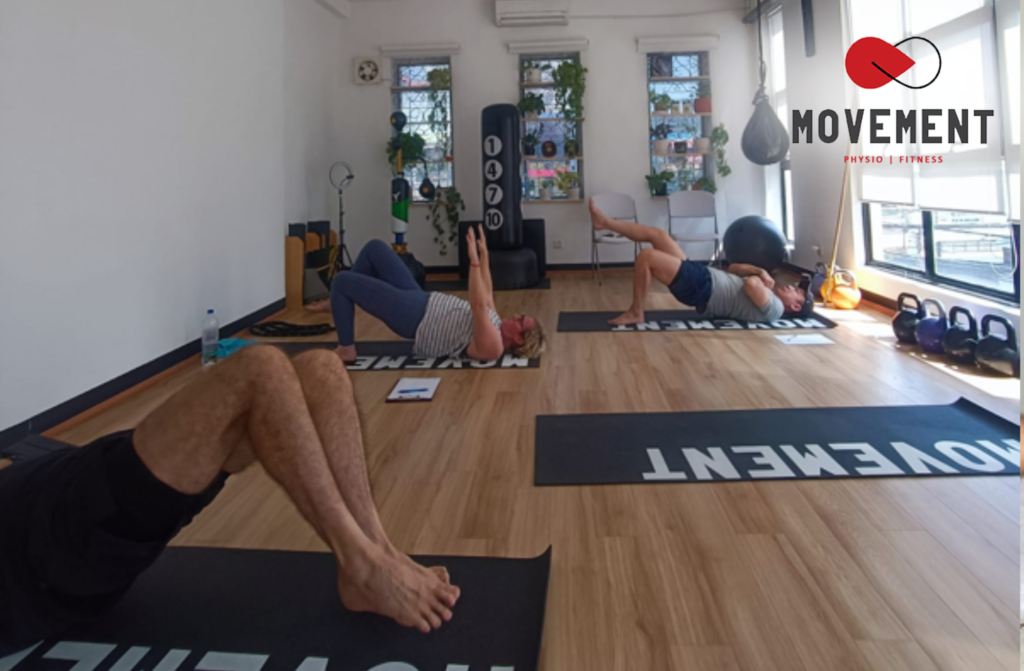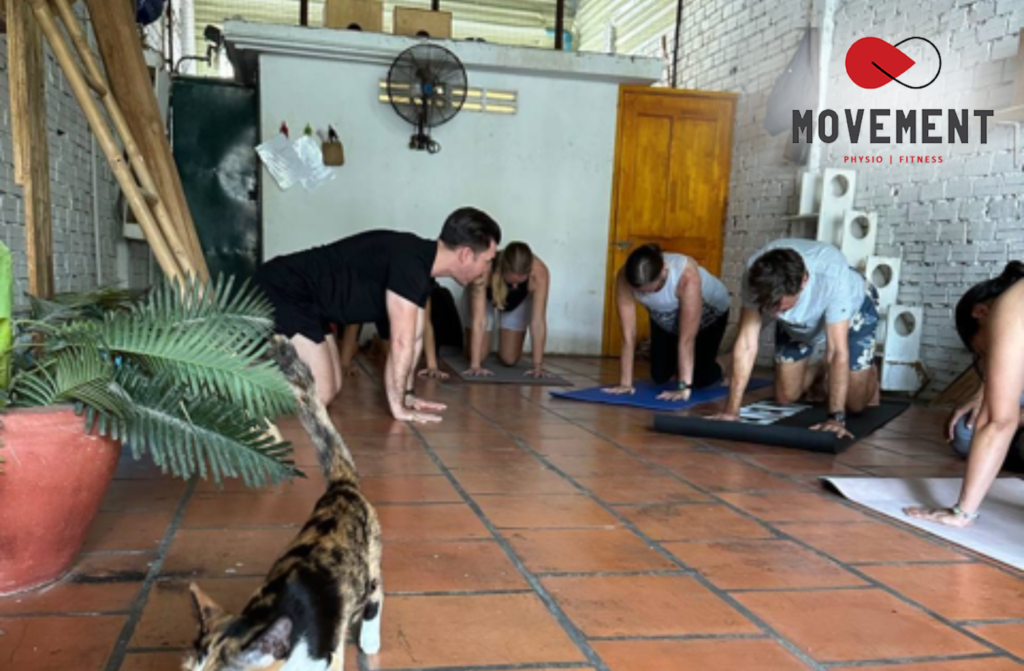Exploring the pains: An extensive guide to understanding back pain
Have you ever wondered why your back hurts and what you can do about it? Back pain, a common joint discomfort, is influenced by various factors such as muscle strains, spinal issues, and certain health conditions. Understanding these causes is crucial as it empowers you to take control of your health, make informed decisions, and discover effective remedies.
Why does my back hurt?
Muscle strain: Imagine lifting a heavy box and twisting awkwardly—that’s a recipe for muscle strain. This pain can also occur after overexerting yourself, perhaps through intense physical activity or sports.
Disk damage: Your spine is cushioned by disks, and when these get damaged, they can press on nerves, causing pain. Picture a jelly donut – if the jelly leaks out, it can create pressure on nearby areas, leading to discomfort.
Health conditions: Some conditions, such as scoliosis (a curve in the spine) or osteoporosis (a weakening of bones), can contribute to back pain, particularly as we age.

The anatomy of back pain
Lower back: This area can ache due to issues with the lumbar spine, muscles, nerves, or even internal organs. For example, a problem with your kidney might be felt in your lower back.
Upper back: Pain here might stem from the aorta (a major blood vessel), lung issues, or spine inflammation.
Common causes explored
Incorrect lifting: Lifting objects incorrectly can strain your back, causing immediate or delayed pain.
Structural problems: The vertebrae (spine bones) and disks play a significant role. Disk bulges or herniates can irritate nerves, sometimes causing sciatica—a sharp pain that travels down your leg.
Arthritis: It can lead to spinal osteoarthritis, with cartilage deterioration causing stiffness and pain.
Osteoporosis: It is the thinning bones that can lead to fractures, even in your spine, which are painful.
When should you worry?
While most back pain is manageable, specific symptoms should prompt a doctor’s visit:
- Persistent pain that doesn’t improve with rest or over-the-counter treatments.
- Severe pain, mainly if it affects your sleep or daily activities.
- Signs of nerve involvement, like numbness or tingling in your legs.
- Symptoms like fever, weight loss, or bowel or bladder control changes.
Diagnosing back pain
Your doctor will likely start with a physical exam to assess your back’s condition and may recommend tests like X-rays or MRIs to examine your spine’s structure more closely, especially if there’s concern about a more serious underlying issue.
Managing and treating back pain
Home remedies: Heat or cold can soothe muscle pain or reduce inflammation. Gentle exercise can keep muscles flexible and strong.
Medical treatments: Depending on the cause, your doctor might suggest medications, physical therapy, or even acupuncture. For severe cases, more advanced treatments or surgery could be necessary.
Lifestyle adjustments: Improving your posture, staying active, and using ergonomic furniture can all help prevent future back pain.
An Example of a Client at Movement:
Meet Emily, a 35-year-old teacher who started experiencing lower back pain after a weekend of moving boxes. Initially, she tried ignoring the pain, hoping it would vanish. However, when the pain persisted, she took a proactive approach and consulted her doctor. Her doctor recommended a mix of physiotherapy and yoga. Emily also changed her workspace to ensure her chair supported her back correctly. Over time, her pain subsided, showcasing the power of a proactive approach to back care. With the knowledge she gained during the physiotherapy, she is confident that such an issue will be less likely to arise. If it does, she has the necessary education and skills to alleviate the pain.
Demystifying back pain: Who gets it and how to treat it
Back pain, particularly in the lower back, is not just a condition on its own—it’s often a signal from your body that something’s amiss with the various components of your back, such as muscles, discs, or nerves. Let’s break down who typically experiences back pain and explore a range of treatment options, from simple home remedies to medical interventions.
Understanding who gets back pain
Lower back pain, also known as lumbago, isn’t exclusive to any specific group—it can affect anyone. However, it’s usually a symptom of an underlying issue involving:
- Ligaments and muscles
- Intervertebral discs
- Nerves
- Vertebral bodies (the bones in your spine)
The pain might sometimes stem from nearby organs, like the kidneys. Interestingly, many of the American population will encounter back pain at some point, with many experiencing recurring episodes.
Navigating through back pain treatment
Most back pain cases don’t require elaborate treatment. Simple over-the-counter pain relievers often do the trick. But for more intense pain, let’s look at a broader spectrum of treatments:
1. Medications
- Over-the-counter (OTC) pain relievers: Nonsteroidal anti-inflammatory drugs (NSAIDs) like ibuprofen or naproxen are common go-to’s, as is acetaminophen. Remember, moderation is vital, and always heed the recommended dosages.
- Topical treatments: Gels, creams, and sprays containing pain-relieving substances can provide localized relief right where you need it.
- Muscle relaxants and antidepressants: These medications can offer relief by targeting the nervous system or specific pain pathways for certain types of back pain.
- Steroid injections and opioids: In some cases, doctors might suggest steroids or even opioids for severe pain, though the latter comes with a caution tag due to addiction risks.
2. Surgery
While it’s often seen as a last resort, surgery might be necessary for those with structural back issues that haven’t improved with other treatments.
3. Alternative therapies
Exploring options like acupuncture, massage, chiropractic care, or cognitive behavioral therapy can relieve and offer new ways to manage pain.
Home remedies and lifestyle adjustments
Pairing home remedies with medical treatments can enhance your back pain management:
Heat and ice therapy: Alternating ice (to reduce inflammation) and heat (to soothe muscles) can be adequate.
Exercise: Strengthening core muscles and improving posture can prevent future pain. Exercises tailored to enhance back strength and flexibility can be a game-changer.
Essential oils: Some find relief using oils or ointments with ingredients like capsaicin, which can help numb the pain.
Simplifying back pain prevention: Easy tips for everyday care
Back pain can be a real bother, but simple, practical ways exist to prevent it or ease the discomfort when it strikes. Explore practical, everyday strategies to keep your back healthy and happy.
1. Lighten your load
Think of everything you carry daily: bags, purses, and laptops. Heavy loads can strain your back. Try these tips:
- Downsize: Only carry what’s essential to lighten your load.
- Even distribution: Choose a backpack to distribute the weight across your back evenly. Better yet, choose one with wheels to take the load off entirely.
2. Strengthen your core
Your abdomen and back muscles are your body’s support system. Strengthening them can safeguard your back by:
- Incorporating Core Workouts: Add exercises focused on your core to your fitness routine a few times a week to build strength and support for your back.
3. Stand and sit tall: posture matters
Poor posture can add unnecessary stress to your spine. To improve your posture:
- Shoulder roll: Regularly check and roll back your shoulders to avoid slumping.
- Sit smart: Maintain an upright posture, ensuring your back is supported.
4. Choose your shoes wisely
High heels might be stylish, but think about your back:
- Footwear selection: Choose supportive and comfortable shoes with a minimal heel to reduce back strain.
5. Stretch and move
Repetitive routines can tire out your muscles, increasing the risk of back issues. Keep your muscles flexible by:
- Regular stretching: Integrate stretching into your daily routine to enhance muscle circulation and reduce the risk of strain or injury.
Understanding risk factors for back pain
Certain factors can elevate your risk of experiencing back pain:
- Sedentary lifestyle
- Lack of exercise
- Skipping warm-ups before intense activity
- Aging
- Obesity
- Smoking
- Specific health conditions, like arthritis
- Stress, depression, and anxiety can also play a role in back pain, linking mental and physical health.
Back pain and pregnancy: Navigating the changes
Back pain is an everyday companion during pregnancy, attributed to several changes:
1. Shifting center of gravity
As your baby grows, your body adapts, sometimes putting extra stress on your back.
2. Pregnancy weight gain
A slight weight increase can impact your back, stressing your muscles and spine.
3. Hormonal changes
Pregnancy hormones relax your pelvic ligaments and can cause spinal shifts, leading to discomfort or pain.
Always discuss any back pain with your healthcare provider during pregnancy to ensure it’s not part of a more significant issue and to receive tailored advice for relief and care.
Exercises to alleviate back pain
Experiencing back pain can be a setback, but incorporating gentle exercises and stretches into your daily routine can offer relief and fortify your back against future discomfort. Here’s how you can get started with simple exercises that don’t require any fancy equipment:
1. Bridges:
- Find a comfortable spot on the floor and lie on your back, knees bent, feet flat, and hip-width apart.
- Press your feet firmly into the floor and lift your hips, creating a straight line from your knees to your shoulders.
- Hold the position briefly, then gently lower your hips back to the floor.
- Aim for 15 repetitions in 3 sets, resting for a minute between each set.

2. Superman stretch:
- Lie face down with your arms extended in front of you and legs straight.
- Gently lift your arms and legs a few inches off the floor, aiming for a comfortable height without straining.
- Engage your core and hold for 2-3 seconds before releasing.
- Repeat 10-12 times to help strengthen your back and core muscles.
3. Cat-cow stretch:
- On your hands and knees, align your wrists under your shoulders and your knees under your hips.
- Inhale, look forward and let your belly drop towards the mat for the ‘Cow’ pose.
- Exhale, tuck your chin to your chest, and arch your back for the ‘Cat’ pose.
- Flow between these two poses for at least a minute, syncing your movement with your breath.

4. Sphinx pose:
- Lie on your stomach with extended legs and place your hands beside your shoulders.
- Engage your back and core to lift your upper body, using your arms for light support.
- Hold this gentle backbend for 2-3 minutes, focusing on the stretch in your lower back.
- Gradually work up to holding the pose for more extended periods to strengthen your back.
Long-term outlook and prevention
While back pain is joint, especially as we age, there are proactive steps you can take to prevent it or lessen its impact. Regularly practicing the exercises and yoga poses mentioned above can strengthen your back and core, improving your resilience against back pain. Remember, consistency is critical to seeing improvements and preventing future back pain episodes.
Most people find that these simple measures improve their back pain. However, if your pain persists or interferes with your daily activities, seeking advice from a healthcare professional is essential. They can offer guidance on additional treatments or interventions to help manage your pain effectively.

Whether you’re grappling with back pain or managing injuries, our unique physiotherapy and personal training integration is designed just for you. We offer face-to-face and online coaching sessions that can be accessed from any corner of the globe. Experience our dedicated, professional support with a complimentary consultation. Let Movement help you overcome pain and reclaim your health, no matter where you are. Reach out today and take the first step towards a pain-free tomorrow with our expert-guided programs.

